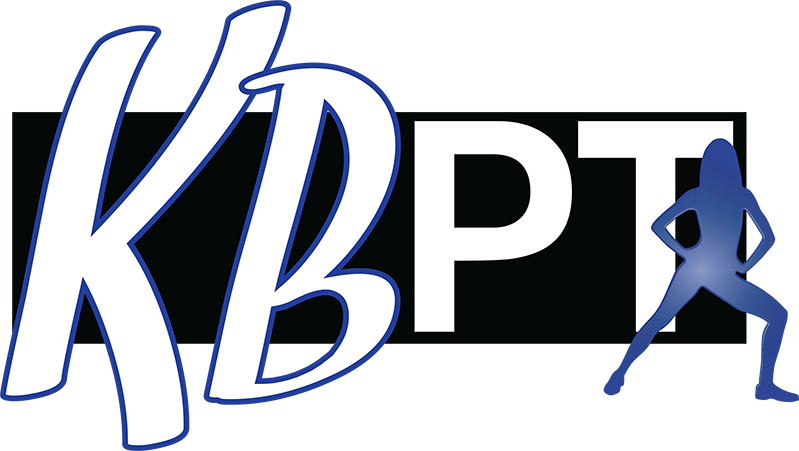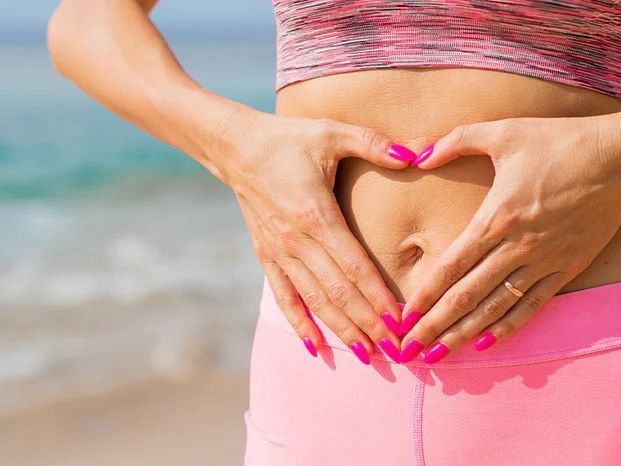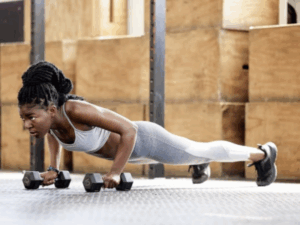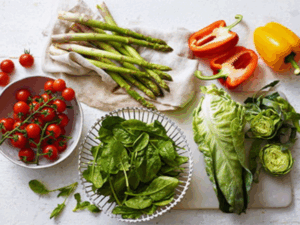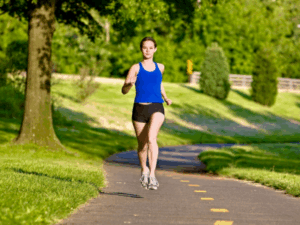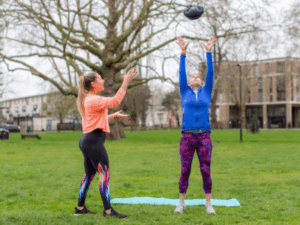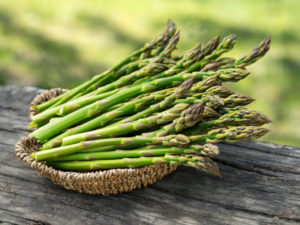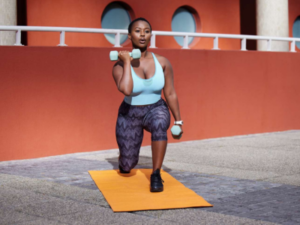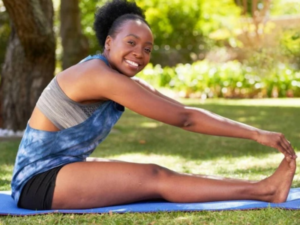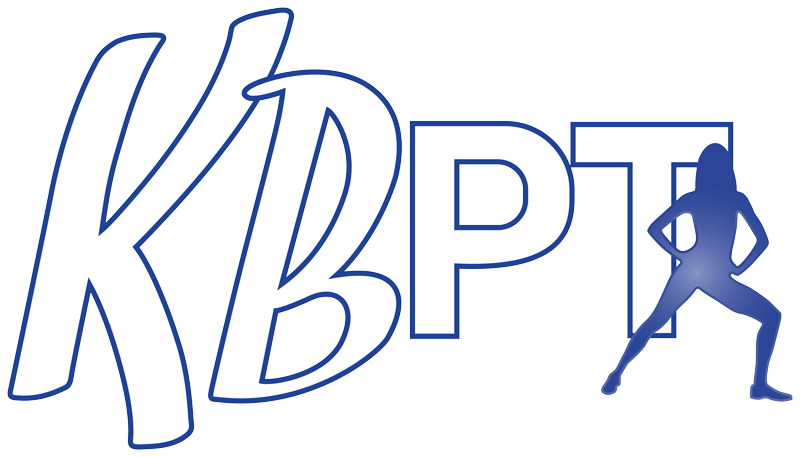Your body responds differently to the hormones that are released at different times of the month so you might like to tailor your training schedule and diet in line with your menstrual cycle. In this KBPT blog, we look at the four phases of the cycle and examine why ‘cycle syncing’ can be helpful.
Before you start, it’s a good idea to track your menstrual cycle for a few months. This involves keeping a note of the length of your cycle, your ovulation window and the length of your period. It’s also helpful to track things like your basal body temperature, mood and physical symptoms. You could write everything down in a notebook or use an app, such as Clue, Flo or Jennis.
Menstrual phase
Commonly known as a period and lasting 2-8 days, this is when your estrogen and progesterone levels decrease and the lining of your uterus sheds. During this phase, you might experience cramps, bloating, headaches, mood swings and tiredness. Focus on light exercise, such as walking and yoga, drink herbal tea and try to avoid alcohol and caffeine.
Follicular phase
Starting on the first day of your period and lasting for around 14-16 days, this is when your estrogen and progesterone levels start to rise and your ovaries produce follicles that contain immature eggs. This phase sometimes results in inflammation, lethargy and a lower pain tolerance. Low intensity cardio is a great option at this time – you could go for a light run or do a gentle session at the gym – and complex carbohydrates (e.g. sweet potatoes), fermented foods (e.g. kimchi) and vitamin B-rich foods (e.g. leafy greens) are recommended.
Ovulation phase
Your estrogen and progesterone levels rise even more and a mature egg is released from your ovary and travels down a fallopian tube towards your uterus to be fertilised. During this phase, which takes around three days, your basal body temperature might rise and you might have some abdominal pain. As you might also have more energy, this is the best time to do high-intensity exercise, such as a spin class. Food-wise, try to pack your diet full of fruit, vegetables, nuts, legumes and other anti-inflammatory foods.
Luteal phase
Once you’ve ovulated, the lining of your uterus thickens in preparation for pregnancy.
At this time, you might find that you feel bloated, have tender breasts and your appetite changes. During the luteal phase, your energy levels might drop again, so you could try some Pilates, yoga and strength training. Magnesium-rich foods, such as spinach and dark chocolate, are helpful at this time of the month.
Read more about exercise and the menstrual cycle on the Healthline and Marie Claire websites and contact kate@kbpersonaltraining.co.ukto find out how our all-female team of personal trainers can support you.
